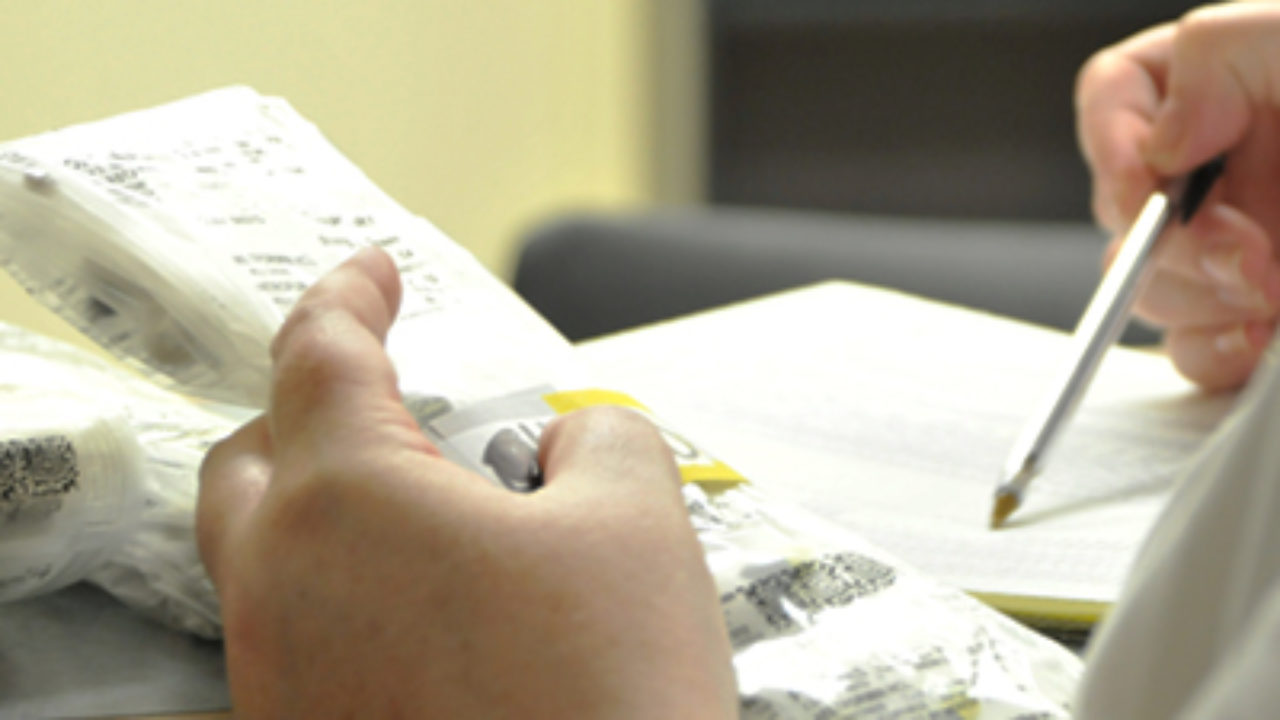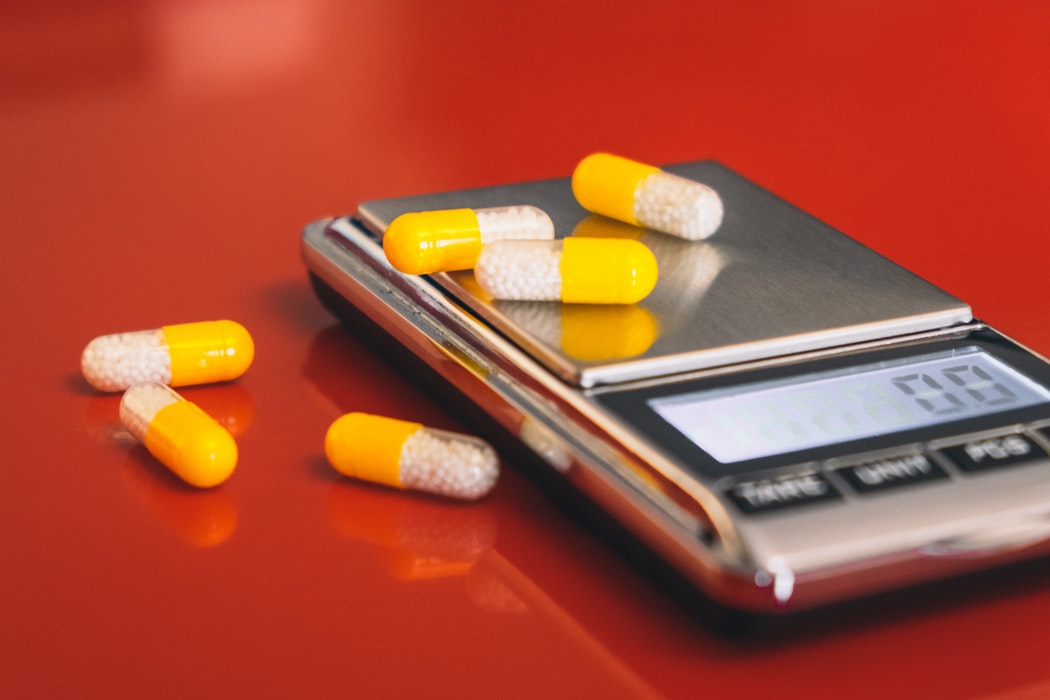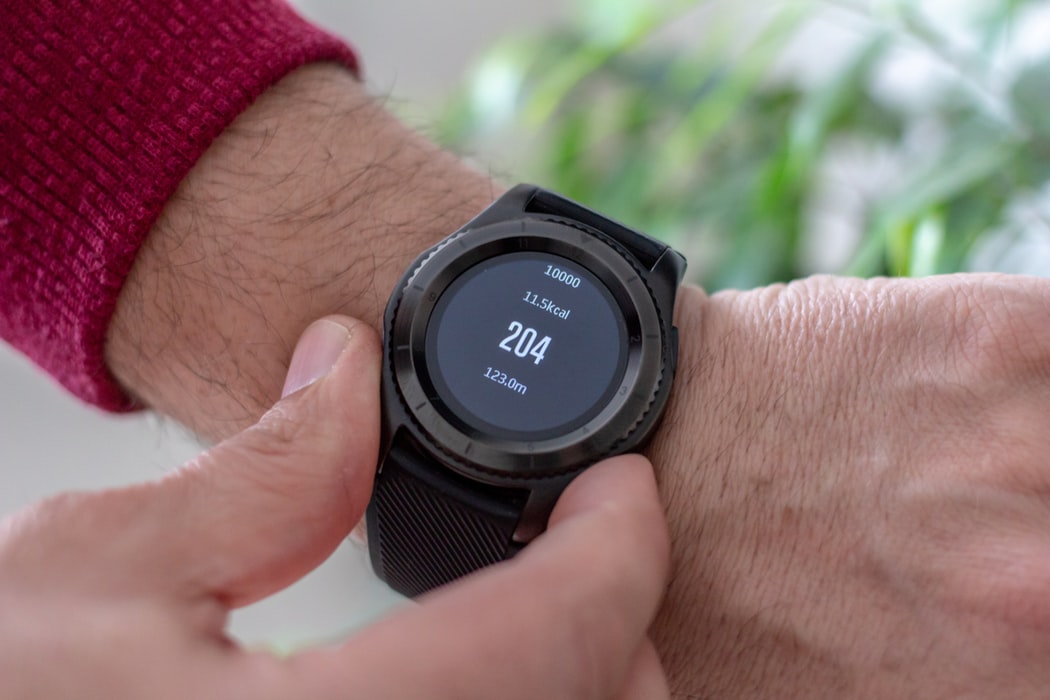Sensors are all around us. They’re in our smartphones and homes, businesses and cities. Now, they are coming to healthcare, to improve the quality of life for patients and make care more effective.
With sensors working behind-the-scenes, healthcare professionals can gather accurate and timely information, innovate on treatments and analyse data to find previously unknown health insights.
Recent decades have seen wider availability of broadband Internet and strong smartphone adoption. This has driven the adoption of the Internet of Things (IoT). It is gaining increasing attention, especially in the healthcare sector where it holds huge potential in remote patient monitoring, preventative care and patient empowerment.
Now, the global IoT in healthcare market is predicted to grow at a compound annual growth rate of 27.6% from 2019 to 2024. By 2024, it’s anticipated to be worth $188 billion.
Medication measurement
Connected devices can be used to measure and administer the correct doses of medicine or fluid to a patient. Reducing the likelihood of human error. An increasing number of people need to take daily medicine, for chronic conditions like HIV, cardiovascular disease and diabetes.
There are 3.8 billion prescriptions issued annually in the U.S. alone. But only half of patients are said to adhere to their medication schedule. That means they aren’t getting the full benefits from their treatment.
Connected pill dispensers
With IoT pill bottles, like AdhereTech, patients receive reminders to take their medicine and their adherence can be tracked remotely. Sensors in the pill bottle collect data on when it is opened and closed, and the amount of medication taken is also measured. This is then automatically compared with the patient’s recommended schedule. The bottle turns blue when it’s time to take medication and red when a dose is overdue. Patients also receive prompts via calls, emails and text messages.
Meanwhile, smart continuous glucose monitoring and insulin pens are improving the lives of diabetes patients, where adherence is vital to controlling blood glucose levels. Continuous Glucose Monitors help diabetics to continuously monitor their blood glucose levels for several days at a time, improving the accuracy of readings compared to finger-prick testing.
Some monitors also link with smartphones to enable the patients to easily check their information and detect trends. There’s also the option for remote detection for elderly and minor patients.
Remote monitoring lends itself to remote and rural areas where travel to a clinic cannot be regularly undertaken. A doctor can quickly log into a system that’s tracking their patient’s metrics and intervene when necessary. This reduces the need for in-person meetings and makes the healthcare experience more convenient and efficient.
Ingestible sensors
Proteus sensors are ingestibles that can collect even more data on adherence. Attached to pills, the sensor sends a small signal when it reaches the stomach and dissolves in the stomach acid. This data is then relayed to a smartphone app and confirms that a patient has taken their medication as directed.

Digitising the senses
Sensors can also be used to replace lost senses like taste and sight. Aromyx is developing devices that can digitise taste and smell. The sensors have applications in healthcare as well as wider industries like food production and agriculture.
AIServe, meanwhile, is developing a sensor and machine learning-based system that helps visually impaired people navigate their environment. Using wearable devices, coupled with cameras, a microphone and earphones, patients can safely move around their towns and cities. Because it uses machine learning, the device becomes more accurate over time.
Mental health help
Care can also be delivered by devices that aren’t developed directly for healthcare. The Apple Watch, for example, can remotely monitor for signs of depression via an app called Medibio.
Likewise, several smartphone apps focus on mental health and stress levels. Both to monitor a patient’s mood over a period of time, and provide them with tools to manage their mental health.
Care for the elderly
The IoT will soon be essential in keeping the elderly independent for as long as possible. This improves their quality of life and also eases pressure on hospitals and care homes. Alongside smart home devices like cameras and Amazon Alexa, wearables and sensors can remotely monitor a person’s vitals and movement.
Professionals can be warned if someone falls down at home, or longer-term tracking can stop the early signs of Parkinson’s or dementia. Early detection can improve prognosis and reduce the total cost of providing care.

AI’s help needed
Of course, IoT devices will create a lot of data that is humanly impossible to manually sift through. To successfully implement the IoT in healthcare, therefore, the industry must also embrace artificial intelligence (AI). Analysing both individual patient data and larger combinations of local and global data can help professionals spot trends that can inform treatment, resources and predict trends.
Indeed, the AI in healthcare sector is booming. Predicted to be worth up to $150 trillion by 2025 because of its many applications across the industry. From clinical trials and drug development to patient care, epidemiology and pandemic prediction. Investors are flocking to AI and biotech start-ups, including Tej Kohli who recently invested $100 million into various AI ventures.
Unlocking the potential of the IoT
The IoT holds much potential for the healthcare industry. Improving patient care across the world, with new treatment options available for the visually impaired and patients with chronic conditions. Healthcare professionals can obtain real-time and accurate data, collected remotely from their patients without disrupting their daily lives.
Moving beyond one-time measurements of vital signs. With sensors getting increasingly smaller and more advanced, they will integrate seamlessly into patients’ lives.
Coupled with AI, this will fundamentally transform medical care and research. The industry will have much more data available to study the spread and prognosis of disease, as well as patient behaviour. Such data will empower doctors to focus on the prevention and management of chronic conditions.
The next few years will be the testing ground for many IoT and AI-powered technologies that will be commonplace in the future. As the industry continues its research and development in the IoT, we can only imagine the possibilities coming to patient care in the next decade.





